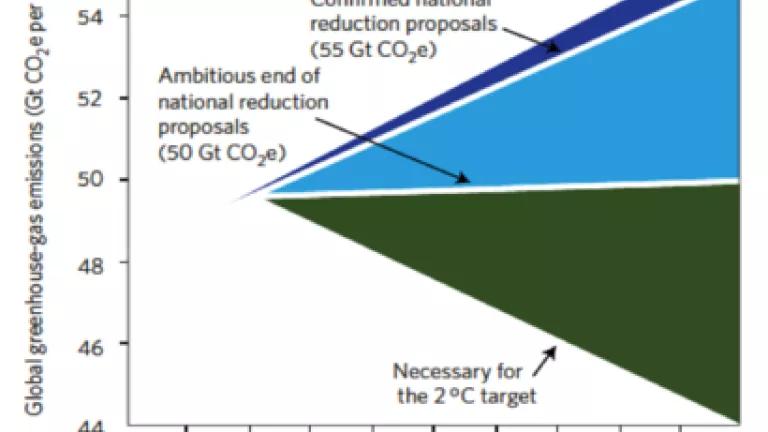
Many commentators have questioned the value of the leaders' Climate Summit on Tuesday at the United Nations. And if the meeting were a regular talkfest, I might be inclined to as well. But it’s not. This Summit is different.
The Secretary-General has called for leaders of all stripes, not just national government leaders but also leaders of business, finance, and civil society, to show up with “bold and ambitious announcements.” And while the UN is providing the platform, the Summit is leveraging and catalyzing action far beyond the walls of the UN.
In essence, the Summit has two components: ambition and action. The morning of the Summit will see 125 heads of state signal their ambitions for a new climate agreement at the end of 2015 in Paris and “commit to submit” post-2020 emissions targets in the first quarter of next year to build according political momentum. The afternoon of the Summit will see the action component where diverse coalitions across sectors will commit to concrete targets and deadlines around which they are mobilizing and inspiring further action.
Both the action and ambition agendas are important, but what is particularly exciting is that the largest gathering of leaders on climate change in history will have a strong focus on what leaders are doing now within their authority to slash emissions. While far-off, abstract promises may sound grand, they are often blown off course by shifting political winds. By concentrating on what leaders can do over the next years when they will still be around to answer for their promises, the Summit can help spur action and necessitate accountability.
For example, hundreds of world’s cities – responsible for 70% of global greenhouse gas emissions – will aggregate and strengthen their climate commitments and establish a transparent approach to report on commitment progress. And companies across the board will be committing to meet concrete targets on ending deforestation, reducing methane emissions, and promoting climate-smart agriculture, among other actions. Cities and companies are instrumental in the fight against climate change, as their emissions reductions are on the same order of magnitude as country actions.
We know the science says that have a “likely” chance of keeping the world below 2°C temperature rise, global emissions need to peak around 2020. However, analysis by the UN Environment Programme finds that even ambitious national government commitments will only move us half way to the emissions reductions needed by 2020. The remaining half of the emissions gap must be bridged by the groundswell of actions by cities, companies, and civil society groups (green portion of the wedge below).
While strengthened country commitments (light blue) are imperative, further commitments to climate action from cities, companies, and civil society groups (green) are needed to bridge the emissions gap by 2020. [1]
The Climate Summit will catalyze concrete actions on the ground from all sectors in order to close the emissions gap. It will provide a platform for heads of state, as well as mayors, governors, CEOs, and civil society leaders, to build, strengthen, and broaden coalitions for near-term climate actions. And importantly, leaders and citizens will be able see tangible entities in their countries and globally that can truly bend the needle on climate change.
The solutions to climate change will not manifest solely from an international treaty; it’s more of a “cloud of commitments” from all leaders in every sector and at every level. And therefore, to borrow the tagline from Sunday’s momentous People's Climate March: “to change everything, we need everyone.” I would only add that to change everything, we need everyone to make concrete commitments to climate action.
[1] Blok, K., N. Hohne, K. van der Leun, and N. Harrison (2012). Bridging the greenhouse gas emissions gap. Nature Climate Change 2: 471-474.

